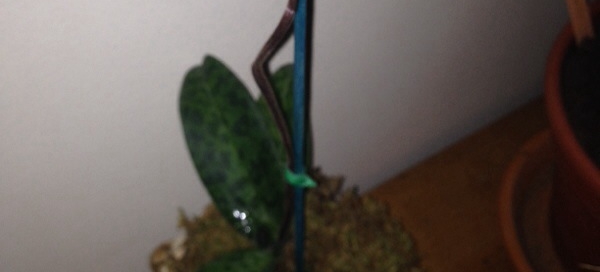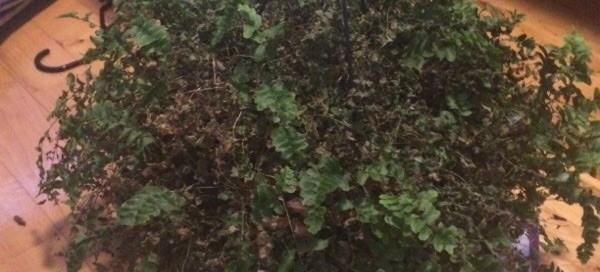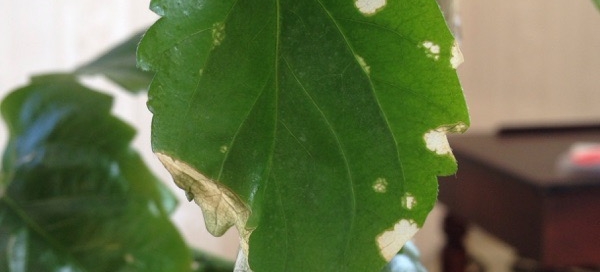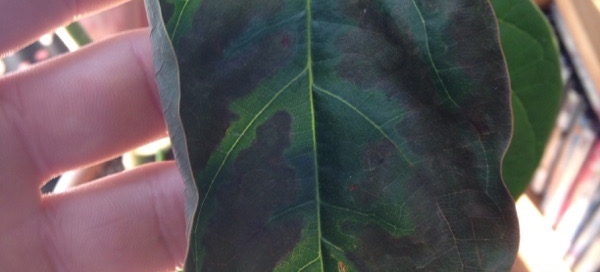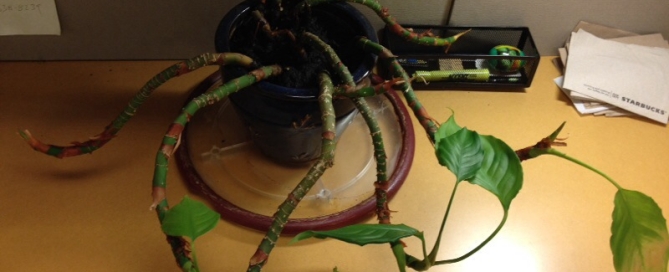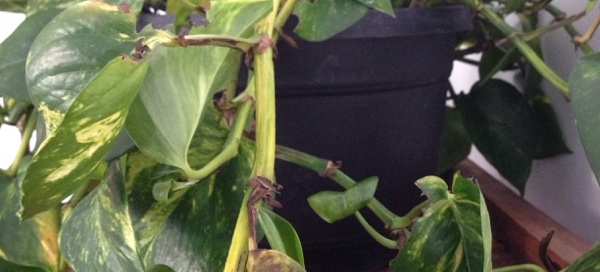Orchid Issues
There are a few things going on here, but the bottom line is you're right, the plant still has hope for the future!
1. Orchid flowers usually last about a month, sometimes a bit longer from bud to the finish of flowering, so this one wasn't unusual in that regard. No flowers last forever, even orchids, which are among the longest flowering of plants.
2. When you have an orchid in the house, the first thing to do is to remove that moss that they put over the top of the pot around the plant. This is done for decorative purposes and isn't necessarily good for the plant. It often keeps the plant too wet or damp around the top, and can lead to rot. So take that away now.
3. Once an orchid flower fades you can leave the stem where the flowers were - some orchids will grow a new flower spike from lower on that stem, even a few months later. Others do not, but basically you can't go wrong by leaving it there until it turns yellow or brown and is clearly dying off. Once you see that, clip it down to near the foliage.
4. Keep the plant in a bright window but not in direct sun. An Eastern window is ideal if you have it. We don't see a window in this photo, and if the plant isn't in the light it won't live, so move it next to a window - even a western or northern-facing window is better than no window at all. Plants make their food out of light (photosynthesis) so this is really important.
5. Water the plant about twice a week or every five days by putting it in the sink and running some water over it - but don't keep it in a container that doesn't drain. The decorative box we see that it's in now might be keeping too much moisture around the roots and causing them to rot. If your house is cool you could even water it only every six days... do not let the pot that it's in sit in water for any length of time. Just water it well for at least a minute, let that water drain out into the sink, and then replace the plant in the window where it will get light. You can put it on a saucer to catch any drips.
6. Use an orchid fertilizer according to directions.
